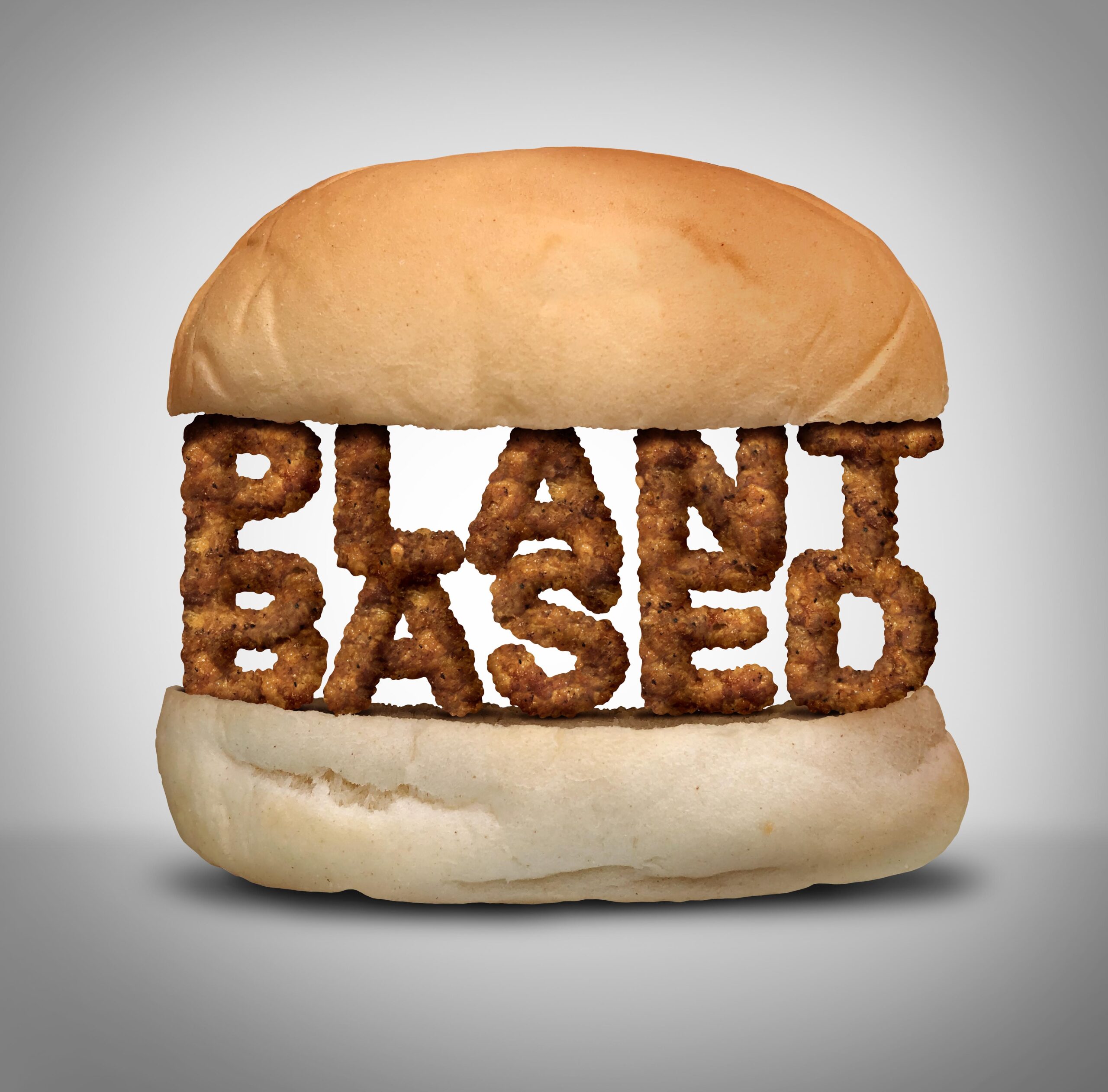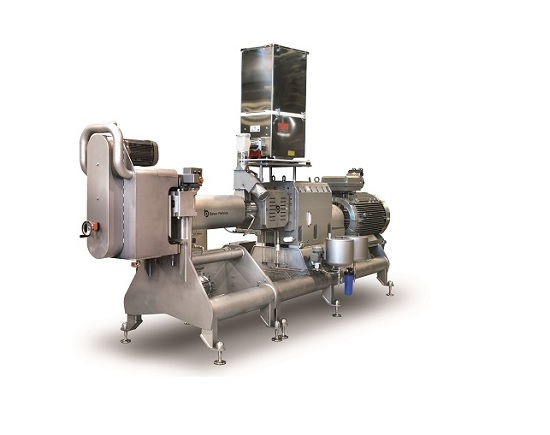How to produce textured vegetable protein TVP?
Soya, peas, beans or cereals are low in fat, high in fibre and protein content, and therefore a nutritious and healthy base for new meat analogues. The global shift away from meat leads to an increased demand for these TVP textured vegetable proteins (TVP) that can be often purchased in the form of dry chunks or flakes.

Higher moisture content for a meaty result
How is TVP made? Vegetable protein isolate from for example beans or peas is passed through an extruder. In this plant-based meat process it is steamed, heated and – still hot – squeezed out of the machine nozzle. As soon as the substance cools, it changes into the desired form.
To achieve fibrous, chewy and meat-like TVP for veggie burgers it needs to be extruded at far higher moisture content of 50-70% . For sausages and for example nuggets only 20-30% is required. The moisture level facilitates forming, enabling a fibrous structure which can look and taste like natural meat.
Extrusion equipment for meatless meat
So the extrusion process begins with making a premix from soy beans, wheat, peas, lentils, etc. This mass is then transferred into a double screw extruder, where by the means of steam heating, shear, as well as presence of water, the meat-like structure is formed. When the material exits the extruder die, the structure is ready and can be further processed with different dyes or flavours, depending on the final product. The dye shape plays a significant role here, as it determines the final product – e.g., a circular cross-section tool for sausage-like products or a square cross-section for chicken analogues. Below a video of a TVP extruder from Baker Perkins. They have a cool R&D centre to help their customers fine tune new recipes with for example seaweed and algae and further improve their meat-like taste and appearance.

